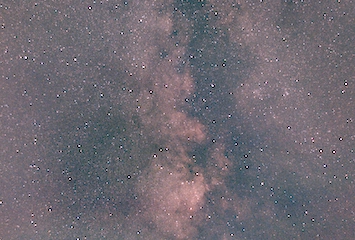
Kaitlyn took wide field images of different parts of the night sky using a modified DSLR camera on a small tracking mount.
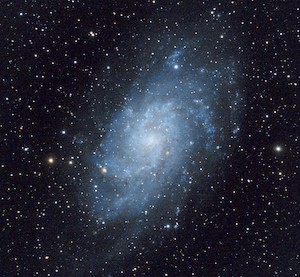
The Triangulum Galaxy is one of three major galaxies in the Local Group. Luke used a medium-power telescope and dedicated astrophotography camera to capture it.
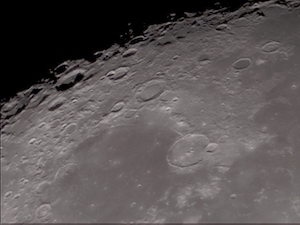
Sydney used a high-magnification setup to image details of lunar surface features, such as craters and maria.

Alexander chose a difficult (ie. very dim) object to image. At 30 million light years away, the Phantom Galaxy looks very small and dim, even in powerful telescopes.
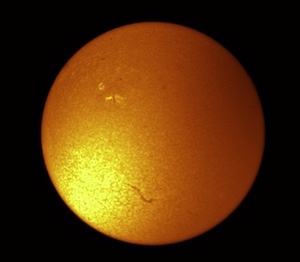
Special techniques must be used to take pictures of the Sun. Emily used a solar filter to see small sunspots and special hydrogen-alpha telescope to see other solar surface features.
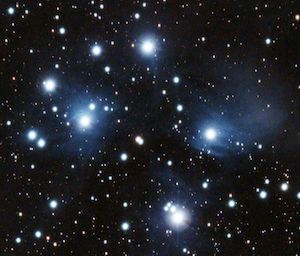
The relatively close Pleiades star cluster (also known as the Seven Sisters) actually contains a lot of nebulosity. Though invisible to the naked eye, it can be seen in Alexandra's images.
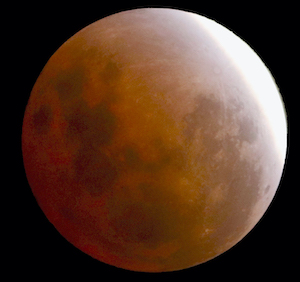
In the early hours of November 19 an almost-total lunar eclipse occurred. Darsh took a series of time-lapse pictures to capture the eclipse in its various stages.
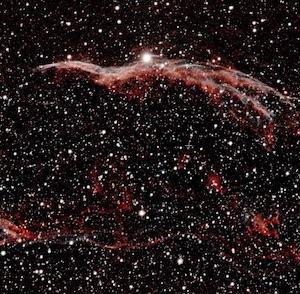
The Veil Nebula is a remnant of a supernova that occurred many thousands of years ago. Cameron used a special filter to pick out the light produced by the hydrogen and oxygen gases that are the afterglow of this.
© Copyright © 2022.Tennessee Tech all rights reserved
